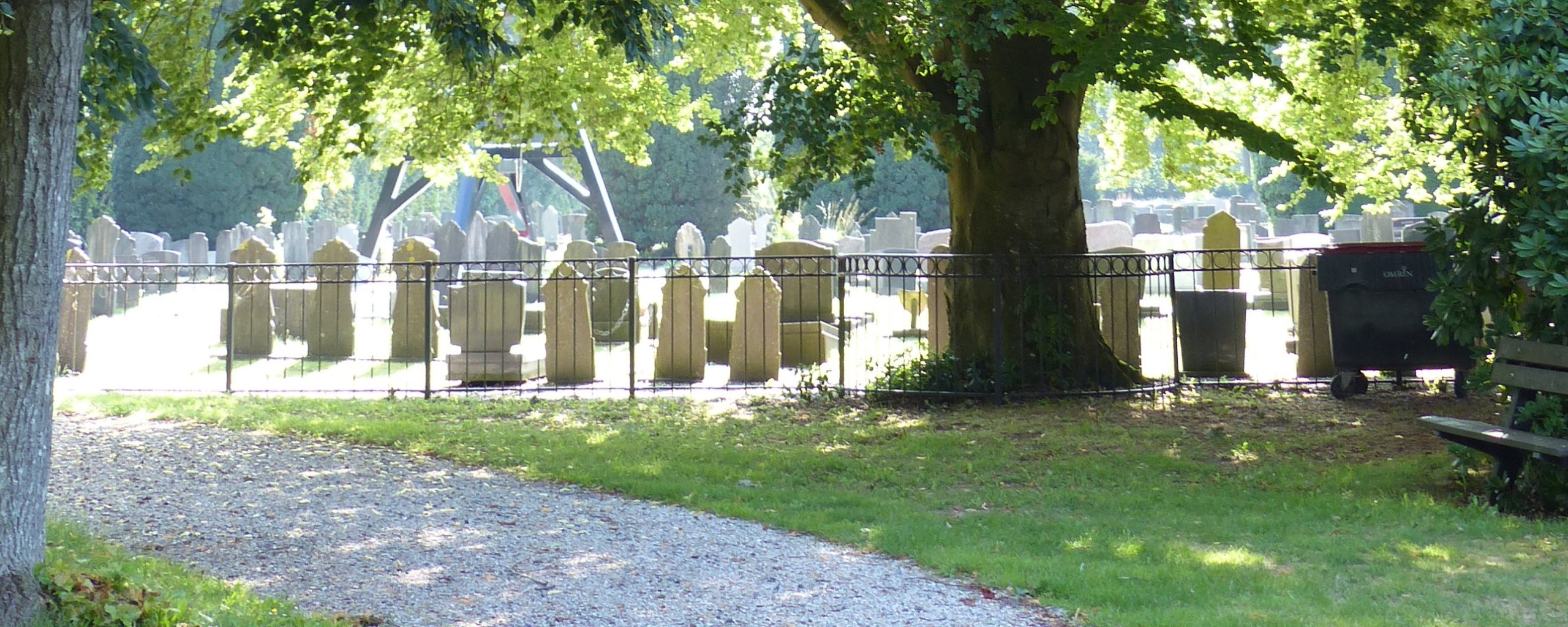
Restoration Graft Drum Egbert Vaartjes
A grave box is a special remembrance of a deceased person. It is a metal box, often round or oval, that was placed on graves. Inside the drum are glass plates that protect a dried flower arrangement. Sometimes a grave drum also contains photographs, text or other personal details. Grave drums were especially popular between 1870 and 1940. There were once thousands of them in the Netherlands, but today they are rare. Many of these drums have been damaged or lost over time.

The history of Egbert Vaartjes
Egbert Vaartjes was born in Beets on Feb. 8, 1916. He was the son of cattle farmer Geert Egberts Vaartjes and Goitske Jacobs de Haan. Egbert went to the public elementary school in De Veenhoop. Unfortunately, he died on March 21, 1926 at the age of 10 after a period of prolonged illness. It is not known exactly what he suffered from. His death was widely shared in the community. For example, the staff and students of his school placed an obituary in the newspaper as an expression of their sympathy.
Egbert Vaartjes' grave drum
After his death, the family donated a grave drum in memory of Egbert. This drum was placed on his grave and contains a carefully composed floral arrangement. It is a loving tribute from his family. Over the years, however, the grave drum fell into poor condition due to weather and age.
Restoration of grave drum
The municipality of Opsterland has commissioned the restoration of the grave drum. This was done in cooperation with grave maintenance J. de Haan from Langezwaag. Thanks to the restoration, the grave drum has now been restored to its original glory. With this, a valuable piece of history is preserved, and Egbert Vaartjes' grave can once again be a tribute for generations to come.
Why is this important
Preserving grave tumblers is important because they represent a unique piece of cultural history. They tell stories about people and traditions of the past. Egbert Vaartjes' restored grave drum is an example of how we treat our heritage with respect and keep the memory of loved ones alive.
Over the past few decades, the Opsterland Municipality has acquired a number of culturally-historically valuable graves after claimants renounced them. That the municipality in this case commissioned the restoration of the grave drum of Egbert Vaartjes is because of the rare value of the grave drum and the neglected state of the special fencing.
